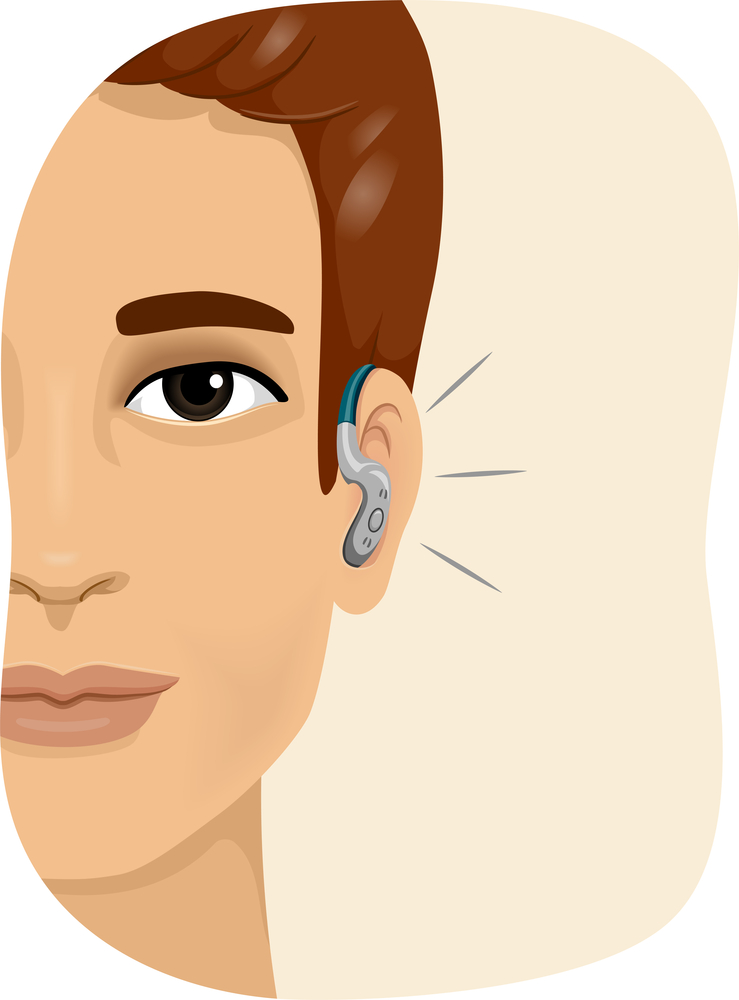
Landmark Digital Accessibility Cases is our focus this week. Our theme is all about the legal framework behind the Digital Accessibility. Our podcast introduced you to Jeanette Jifkins from Onyx Legal. Jeanette gave a great explanation of the legal framework.
During the discussion she mentioned the landmark case of Maguire versus Sydney Olympic Games 2000. There are other cases that also need to be considered here in Australia. In this blog we look at the most important cases .
 Maguire vs Sydney Olympic Games (SOCOG)
Maguire vs Sydney Olympic Games (SOCOG)
The case of Maguire versus Sydney Olympic Games Organising Committee (SOCOG) occurred in 2000. It is one of the first major landmark digital accessibility cases in Australia. Bruce Maguire is a person with a severe vision impairment. This was one of the first major cases on digital accessibility. Bruce filed a complaint against SOCOG because their website for the Sydney 2000 Olympics was not accessible to people using screen readers. The Human Rights and Equal Opportunity Commission (HREOC) ruled in Maguire’s favour, finding that the website’s lack of accessibility violated the Disability Discrimination Act (DDA) 1992. This case set a precedent that websites must be accessible to people with disabilities.

Innes vs RailCorp
In 2013 Graeme Innes, a man with a severe vision impairment, Disability Discrimination Commissioner at the time, lodged a complaint about RailCorp’s audio announcements at train stations. They were often inaudible or unavailable, blocking the accessibility of public transport for visually impaired users. Although not strictly a landmark digital accessibility case, this case involved digital elements. All visual signage was not accessible to the person with a severe vision impairment or those who are dyslexic or other impairments that cause issues with reading. The court rules in Graeme Innes’ favour Although not strictly about digital accessibility, this case involved digital elements.
Mesnage versus Coles (2014)
The case is believed to be the first action on web accessibility to go as far as the Federal Circuit Court. It is considered a landmark digital accessibility case. Ms Mesnage, blind from birth, launched a landmark claim against Coles with her legal team alleging the supermarket giant has discriminated against her because of her disability. She wanted to be able to do her grocery shopping online as she believed it would be easier than going to the shops. She started trying to use it in 2008 and found a number of problems including that it took up to 8 hours to crate an order. The delivery time was not accessible either. Coles tried to fix the issue in 2010 however the problem was reintroduced after an upgrade. After many meetings and emails trying to resolve the situation Ms Mesnage lodged a complaint against Coles with the Human Rights Commission. Ms Mesnage’s goal was to be able to buy her food independently. Just like everyone else that used the site successfully. The case was settled with Coles improving the site to make it accessible to Ms Mesnage and other people with similar issues.

Henley vs Australian Broadcasting Commission
This case was brought by Laura Henley, a lady with a severe vision impairment, against the Australian Broadcasting commission (ABC) in 2016. Laura claimed that the ABC was failing to provide audio description (narrations that provide context and details about visual elements in television programs) which violated the Disability Discrimination Act 1992 (DDA). The Federal Circuit Court found that ABC had not unlawfully discriminated against Henley under the DDA. The court ruled that the DDA did not explicitly require audio descriptions and that the broadcasting standards did not mandate their inclusion at the time. In 2020 the ABC was providing 14 hours of audio described television. At the same time there was a lot of television programs being exported with the audio description included. However, those modifications were not accessible to Australians.
Ms Henley took her human rights complaint to the United Nations Committee on the Rights of the Person with Disabilities after her initial complaint, launched in 2015, was rejected by the Australian Human Rights Commission. The committee found Australia breached an international human rights treaty by failing to provide audio descriptions on free-to-air television for the blind and vision impaired community.

Conclusion
Each of these people have stood up for their beliefs. Doing this has made life easier for many people in Australia.
Each of these cases has reinforced that organizations must consider the needs of people with disabilities in their digital offerings, marking a significant step towards inclusive design in Australia.

